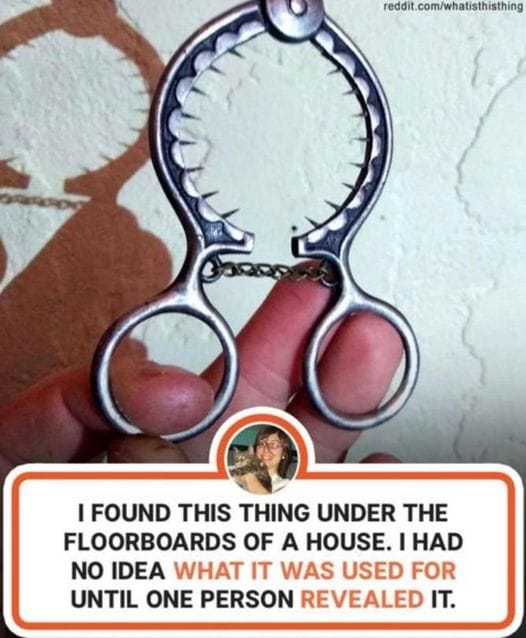Twisting Action: Once the tooth was secured in the grip of the key, the operator would twist the handle of the tool, attempting to lever the tooth out of its socket. This twisting motion is what caused many of the associated problems. Since teeth are deeply embedded in the jaw, this maneuver often caused the tooth to break or could even damage the jawbone.
Extraction: Ideally, the tooth would come out whole. However, due to the blunt nature of the tool and the difficulty of positioning the claw correctly, it frequently led to broken teeth or torn gum tissue. In some cases, the key would crack the tooth rather than extract it, leaving the root behind, which often led to infection or more invasive surgeries.
Evolution and Variations
As dental practices evolved and practitioners recognized the brutality of the dental key, various improvements were made to its design. The claw was made adjustable to allow a better fit around different-sized teeth. Some later versions of the tool even allowed for better control over the direction of the extraction, reducing the likelihood of breaking the tooth or damaging the gum.
Despite these modifications, the dental key remained a dangerous and painful tool. By the mid-19th century, the dental key began to fall out of favor as more advanced and humane methods for tooth extraction were developed. The invention of dental forceps offered a less damaging alternative, allowing dentists to grip and remove teeth with more precision and less trauma.
The Transition to Modern Dentistry
The replacement of the dental key with forceps marked a major advancement in dental care. Forceps provided a more targeted method of tooth extraction, with handles that allowed for a better grip and more control over the removal process. Alongside this technological evolution, the discovery of anesthesia revolutionized the field, allowing for tooth extractions to be performed without causing unbearable pain.
The transition from the dental key to modern instruments reflects broader changes in medical science: a shift toward more patient-centered, humane treatments. Early dentistry was fraught with agony and high risk, but innovations like anesthesia and more precise surgical tools greatly reduced the suffering involved.
The Legacy of the Dental Key
Today, dental keys are primarily museum pieces or collector’s items. They are considered artifacts of a time when medical science was still in its infancy, and patient comfort was a secondary concern to getting the job done. The object itself, while unsettling, serves as a reminder of how far dentistry and medicine have progressed over the centuries.
ADVERTISEMENT
